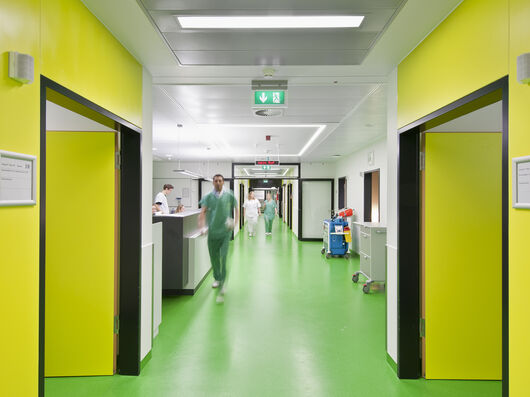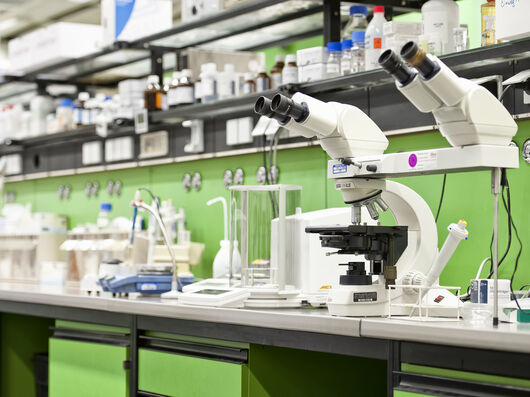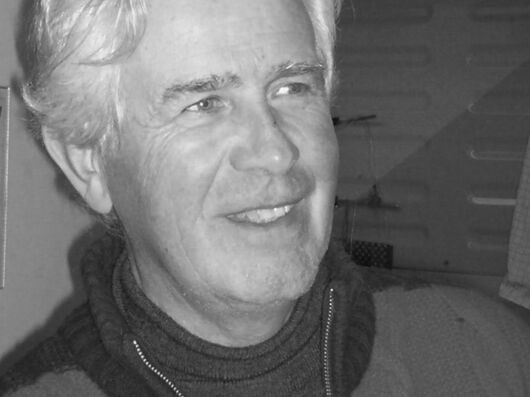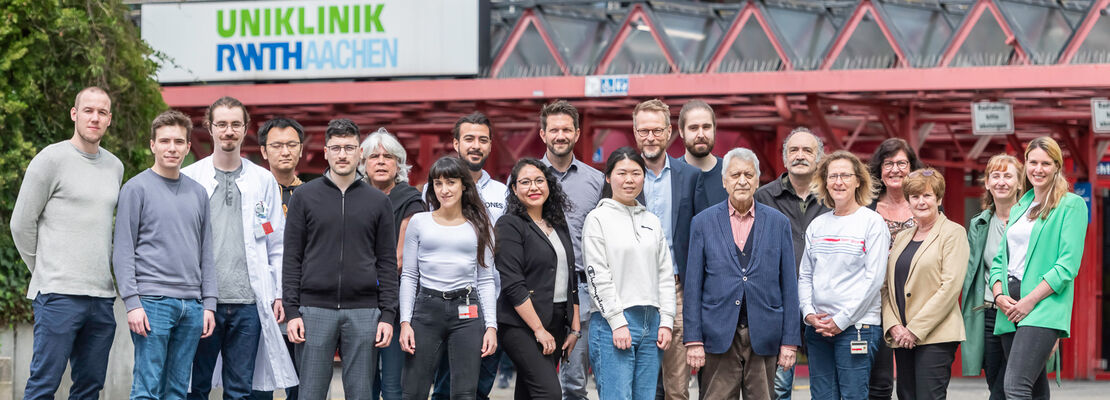Message archive

Inhalational anesthetics accelerate desensitization of Acid-Sensing Ion Channels
Acid-sensing ion channels (ASICs) are proton-gated ion channels with important physiological functions. Inhibiting ASICs has neuroprotective effects, for example during ischemic stroke. Because…

Daniel Barth comes from New Zealand to join the Institute of Physiology as a Post-Doc
We welcome Daniel S. Barth as a new Post-Doc at the Institute of Physiology in the Lückhoff group. Dr. Barth successfully completed his Ph.D. thesis in August 2017 at the Institute of Physiology,…

Modulation of DEG/ENaCs by Amphiphiles Suggests Sensitivity to Membrane Alterations
The bile acid-sensitive ion channel BASIC is modulated by a variety of different amphiphilic substances, which modify the biophysical properties of the surrounding membrane. The precise mechanism…

Abhilasha Ladha joins the Institute of Physiology as a Post-Doc
Today, Abhilasha Ladha starts as a Post-Doc at the Institute of Physiology in the Gründer group. Originally from India, she just finished her PhD work at the Institute of Physiology at the University…

Das Institut für Physiologie trauert um Holger Schmid-Schönbein
Gestern Morgen verstarb der langjährige Direktor des Instituts für Physiologie, Holger Schmid-Schönbein. H. Schmid-Schönbein leitete das Institut für fast 30 Jahre, von 1974 – 2003; von 1981 – 1983…

Review article about two divergent species variants of the apoptosis channel TRPM2 published in "Frontiers in Physiology"
The human transient receptor potential melastatin type 2 (TRPM2) channel represents a critical factor in the course of oxidative stress-induced apoptosis. Therefore, it is considered as a potential…

Functional characterisation of Acid-Sensing Ion Channels in Glioblastoma stem cell lines
Typically, the micro-environment of a tumour has a slightly acidic pH. Acid-sensing ion channels (ASICs), therefore, could have an important influence on tumor cells. In our most recent study, which…

Two prizes at the 6th Symposium of the Young Physiologists in Jena
Sarah Thull was awarded a poster prize at the 6th Symposium of the Young Physiologists, which took place in Jena from 28-29 September for her poster entitled „Deltamethrin uncovers additional…

Elucidation how the antiprotozoal drug diminazene inhibits ASICs and molecular identification of its binding site on ASICs
Activation of Acid-sensing ion channels (ASICs) contributes, among others, to neurodegeneration after ischemic stroke and pathological pain, for example neuropathic pain. Due to their…

Annual Retreat of the Institute of Physiology
Today the Institute of Physiology had for the third time its annual retreat – again at Youth Hostel Aachen. The 30 participants were well entertained by exciting presentations and lively discussions.…








